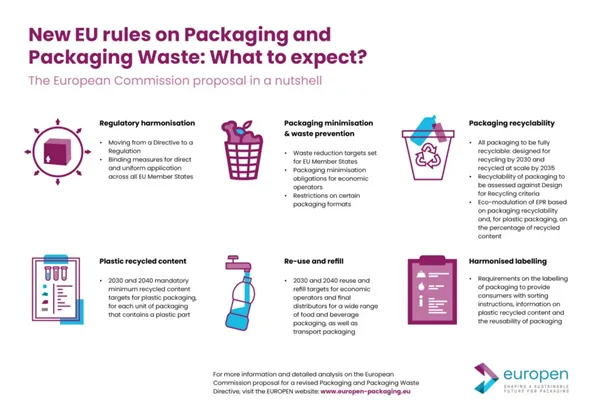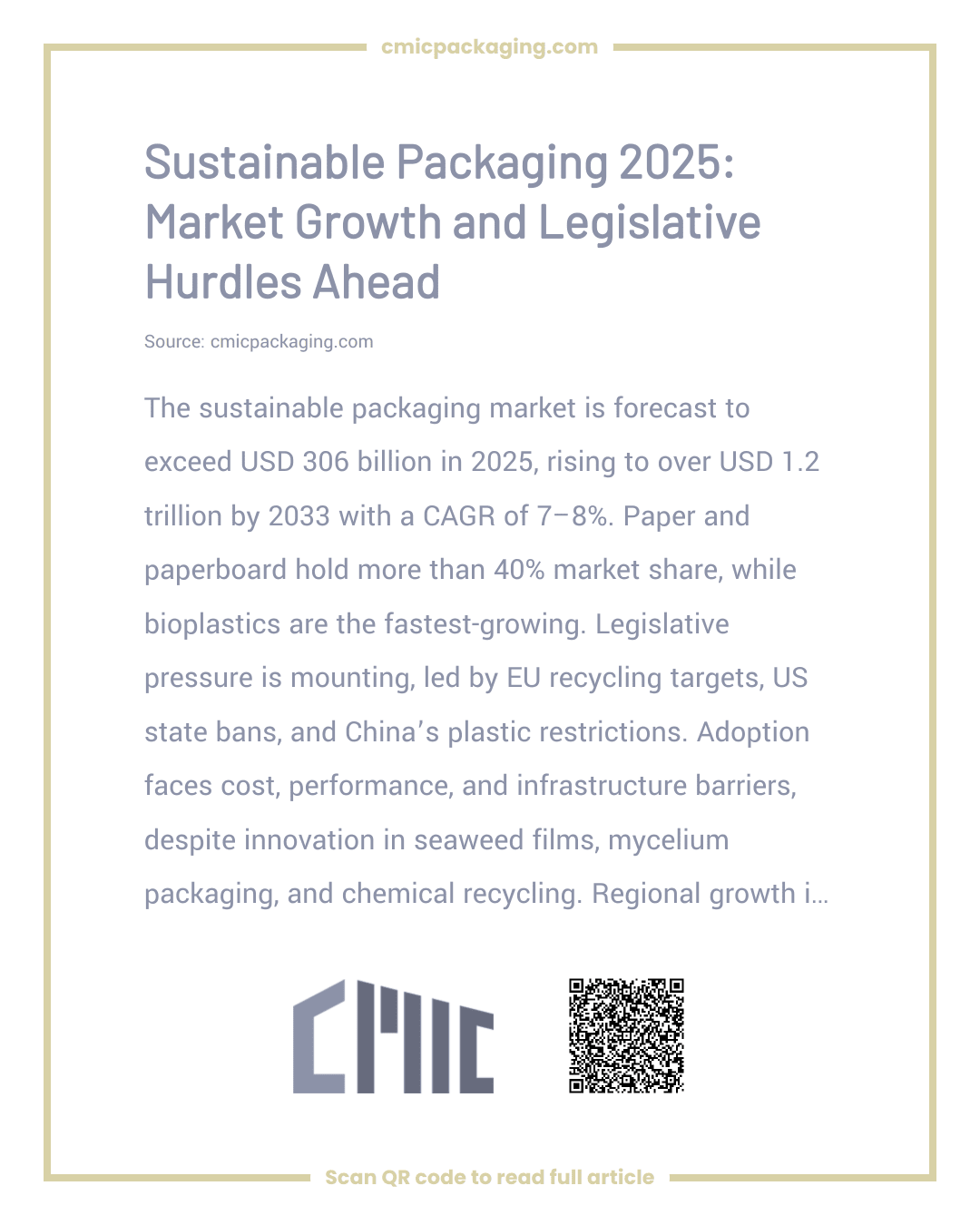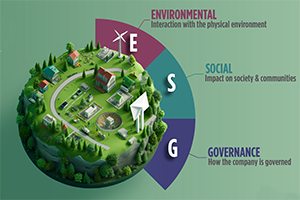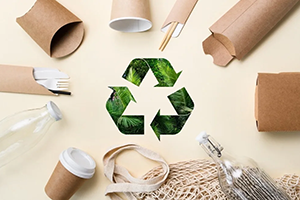A Market on Fire
Look, I’ve spent more years than I’d like to admit diving deep into the packaging world, and right now, the sustainable side of things is buzzing like never before. Heading into 2025, the numbers are downright electrifying: we’re talking a global green packaging market blasting past USD 306 billion this year, then rocketing to over USD 1.2 trillion by 2033, all at a steady clip of about 7-8% CAGR. Paper and paperboard are still the big bosses, holding down over 40% of the share, but keep an eye on bioplastics and biodegradable stuff – they’re the real speed demons, climbing faster than anyone expected.
So, what’s fueling this wild ride? It’s a mix of everyday folks like you and me demanding greener choices, governments slapping down strict rules on plastic waste, and massive companies making bold vows to clean up their act. Picture this: huge FMCG players and retailers are pledging 100% recyclable, reusable, or compostable packaging by 2025-2030. It’s shaking things up across the board, and honestly, it’s equal parts thrilling and a bit nerve-wracking, like watching a revolution unfold in real time.
Of course, with all that excitement comes the mess. Regulations are shifting so fast it’s dizzying, and companies are scrambling to keep up with demands on waste, emissions, and just plain old environmental do-gooding. It’s like steering a boat through a storm – you’ve got to keep your wits about you, or you’ll end up on the rocks.

Laws That Are Flipping the Script
Governments are done playing nice; they’re turning the screws on packaging rules, and 2025 seems like the moment it all boils over. Having advised on these changes myself, I can say it’s a rude awakening for a lot of folks in the biz.
Take the European Union – their revamped Packaging and Packaging Waste Directive is dead serious, pushing for sky-high recycling targets, banning pesky plastics, and building a circular economy that’s as bold as it is essential. Over in the United States, states are going rogue with bans on single-use junk and mandates for more post-consumer recycled (PCR) content – California’s leading the charge, like the cool kid setting trends. Then there’s the Asia-Pacific region: China’s crackdown on non-biodegradable plastics is rippling worldwide, and spots like India and Australia are piling on with their own waste-busting moves. Globally, Extended Producer Responsibility (EPR) schemes are spreading like wildfire, making manufacturers foot the bill for cleanup – clever, but ouch if you’re caught off guard.
If you’re a packaging manager reading this, compliance isn’t some checkbox anymore. Blow it off, and you’re looking at shut-out markets, killer fines, or a brand rep that’s tarnished for good. Trust me, it’s not worth the headache.

The Hurdles That Make You Want to Scream
Yeah, the trends are shouting “go sustainable!” from the rooftops, but let’s get real – it’s not all smooth sailing. From the stacks of reports I’ve combed through, here are the big pain points that keep tripping everyone up on the road to eco-friendliness.
First off, cost is a killer; fancy materials like rPET, PLA, and PHAs cost a fortune compared to old-school plastics, squeezing margins left and right. Then there’s performance – these green alternatives can be iffy on toughness and how long they last, leaving your products exposed in ways that feel so last century. Don’t get me started on regulatory confusion: everyone’s got their own take on what “biodegradable” means, and recycling rules vary wildly – it’s like piecing together a jigsaw with half the bits missing.
Supply issues? Huge – not enough facilities for composting or recycling means scaling is a nightmare, especially in out-of-the-way places. A ton of businesses are clueless about the newest innovations that could be game-changers – it’s frustrating, like watching potential slip away. And consumers? They swear they’ll pay more for green stuff in surveys, but in the store, convenience wins out every time.
These snags are why the shift feels more like trudging through mud than sprinting ahead. I’ve witnessed it in projects I’ve worked on – people are trying, but it takes real elbow grease to make it happen.

Bright Ideas Sparking Hope
All that gloom aside, 2025 is shaping up to be a blast for sustainable packaging breakthroughs. The forecasts I’ve dug into show R&D cash flooding into fancy recycling tech and biomaterials, turning wild ideas into everyday realities. A few that have me genuinely pumped:
- Seaweed-based films for food wrapping – they break down naturally and tap into ocean vibes in the smartest way.
- Mycelium packaging grown from mushroom roots, which might just kick Styrofoam to the curb with its natural, sturdy charm.
- Nanocellulose coatings that beef up paper’s defenses, turning it into a real contender.
- Chemical recycling that transforms worn-out plastics into fresh-as-new material – the ultimate loop-closer!
- Smart packaging laced with blockchain for tracking every eco-step, proving your green creds without a doubt.
As these hit the big time, prices will tumble, making them less of a splurge and more of a must-have. From what I’ve seen, companies that dive in early grab that sweet edge right when rules get tougher – it’s like betting on a winner before the race starts.

Regional Vibes Heading into 2025
Europe is leading the pack, with regs sparking a boom in recycled rigid boxes and corrugated gear for FMCG – it’s smart, effective, and just feels right. North America is picking up steam quickest, driven by eco-passionate buyers and funding that’s lighting a fire under everything. Asia-Pacific snags the largest chunk overall, thanks to e-commerce going nuts and governments slamming the brakes on plastic trash.
Come next year, expect biodegradable materials and eco-solutions to explode in Asia-Pacific, especially for food delivery and shopping – I’ve consulted on stuff like this, and it’s primed for some serious shake-ups.
Spotlight on Success: C MIC Packaging’s Smart Moves
Consider C MIC Packaging – they’re not just checking off compliance; they’re owning it like visionaries. Teaming up with FMCG heavyweights and e-commerce stars, they’re investing big in designs that slash waste, amp up recyclability, and smooth out supply chains. It’s the sort of thinking that gets me fired up.
A standout? Their rigid boxes made from high-recycled paperboard nail those government waste policies while giving brands that luxe feel they love. And their corrugated options? Slimmer, stronger, and kinder to the planet, saving on shipping without cutting corners – practical genius.
They thrive on customization, blending eco-materials with digital offset printing to create standout, rule-abiding designs. I’ve watched this strategy turn headaches into high-fives for brands.

Gazing Ahead: Growth and Rules Hand in Hand
The future for sustainable materials? It’s not just expanding; it’s rewriting the rules. By 2030, this could be the hottest corner of packaging, powered by stricter plastic bans, companies chasing net-zero goals, upgraded recycling setups, and endless tweaks to materials and designs.
For buyers and managers out there, the key is crafting plans that balance costs, rules, and what customers actually want. Jump ahead, and you’ll crush upcoming environmental laws while building a brand that clicks with people now. I’ve guided teams through this maze, and the rewards are massive.
Tying It All Together
As 2025 rolls in, sustainable packaging’s boom will be shaped by government crackdowns, killer tech, and evolving market demands. Brands that embrace it – aligning designs with regs and leaning into eco-materials – won’t just scrape by; they’ll thrive.
We’re at a crossroads: see compliance as a pain, or grab sustainability as rocket fuel for fresh ideas and growth? That decision could crown the winners and carve out packaging’s role in a true circular economy. Exciting times ahead – let’s roll up our sleeves and make it epic.
Keep up with packaging trends – this is your cue to rethink your game. If you’re itching for custom eco-friendly packaging that nails compliance and performance, C MIC Packaging is your go-to for steering toward a brighter, greener future.











